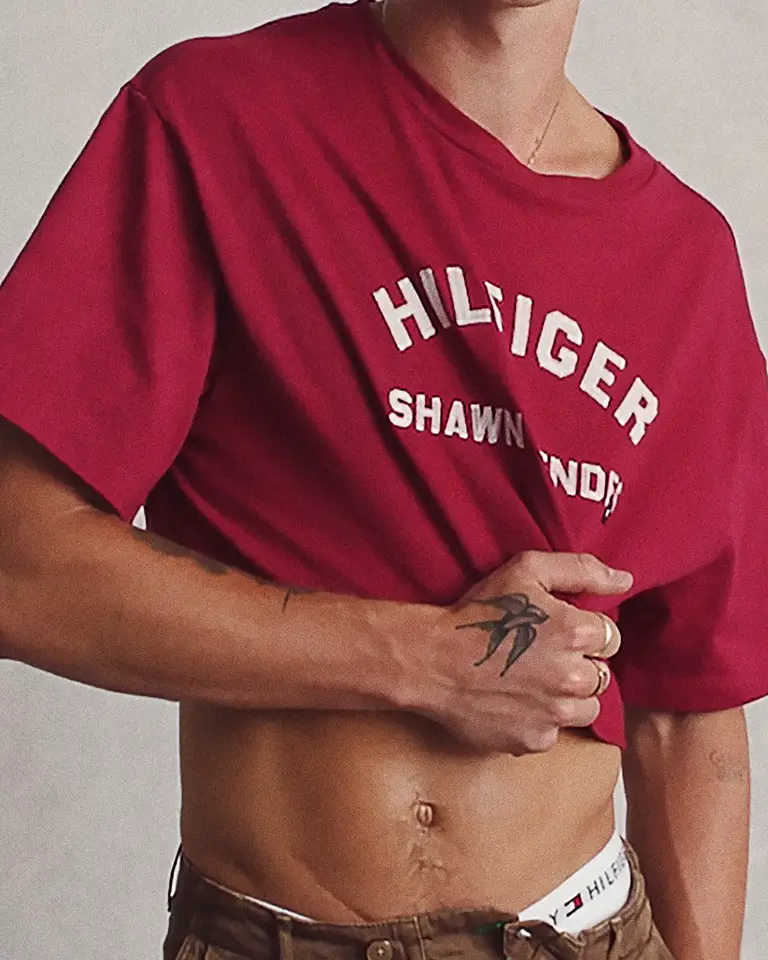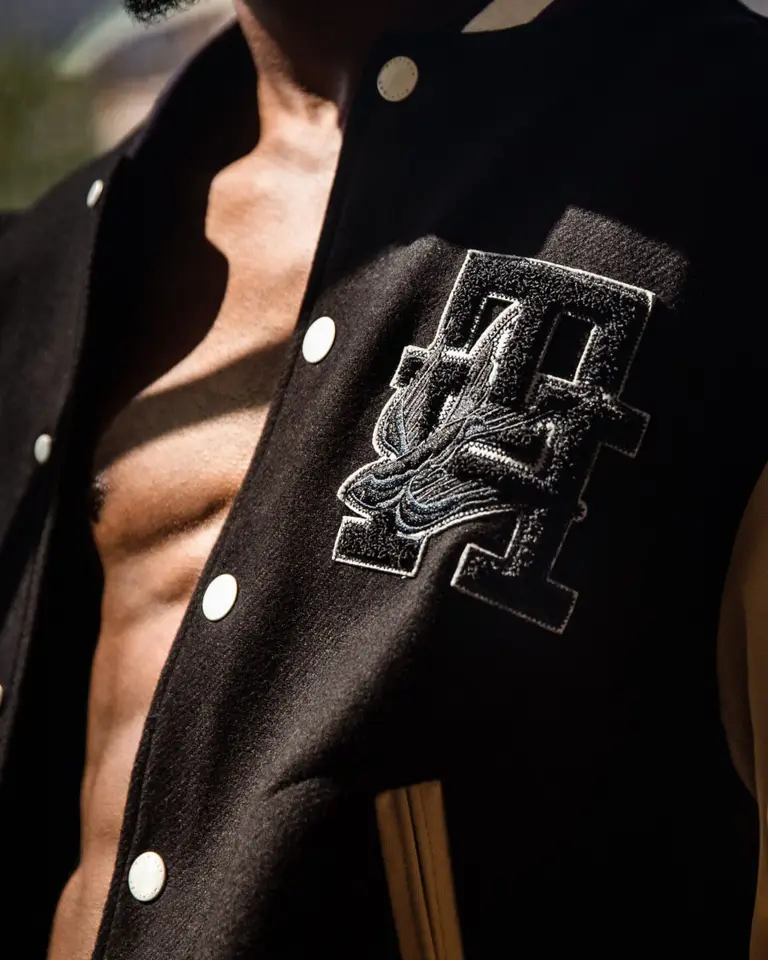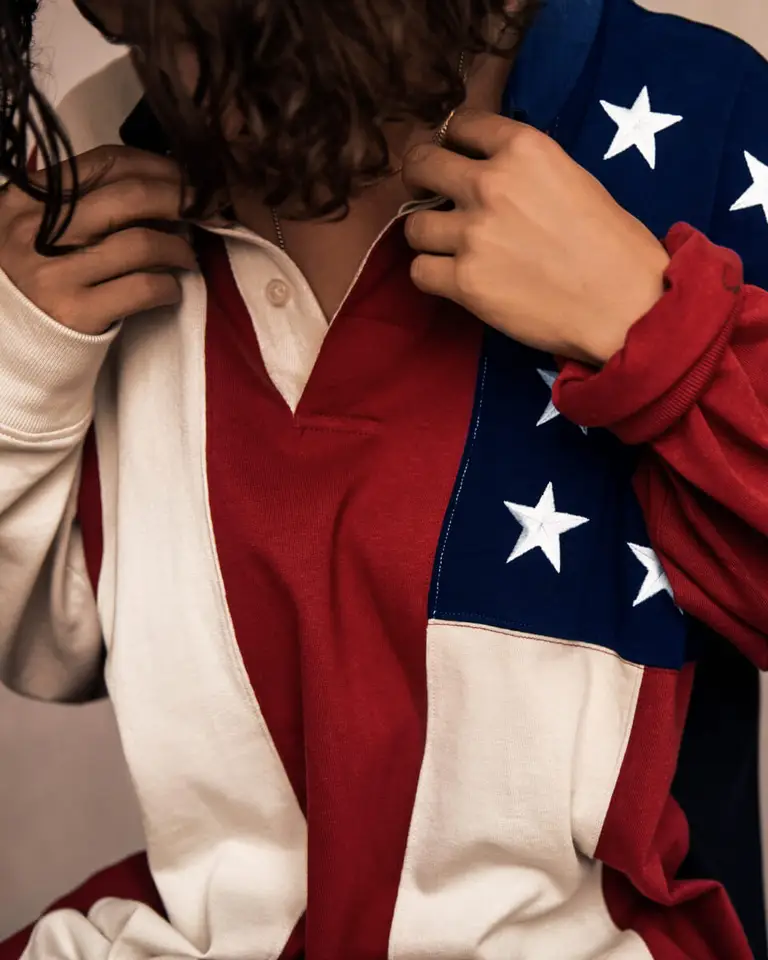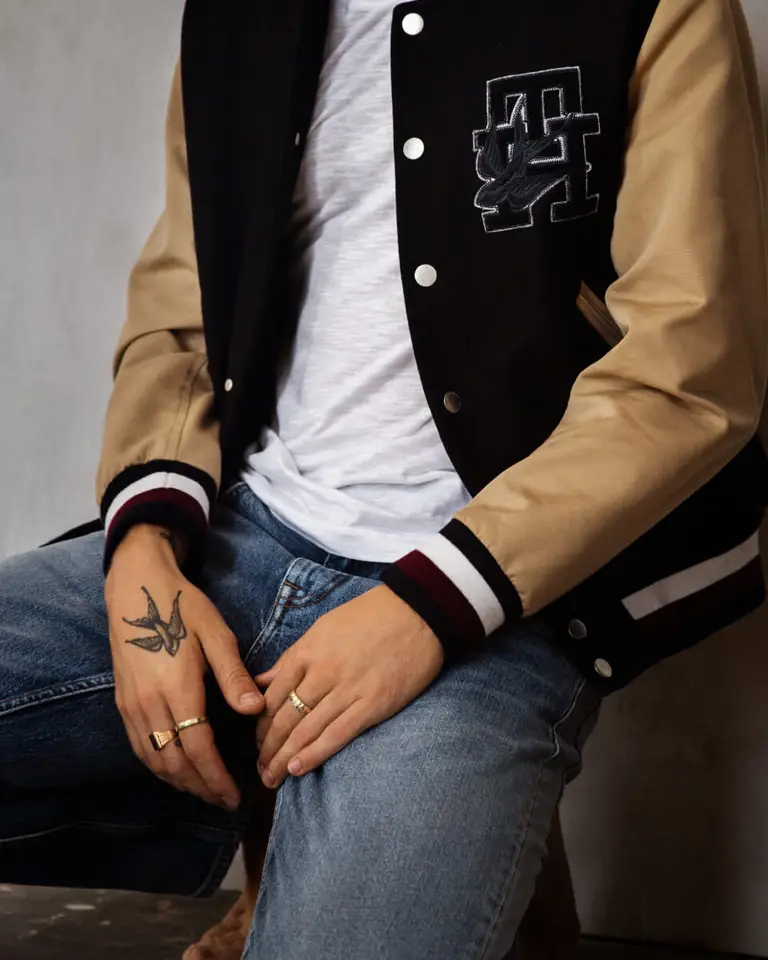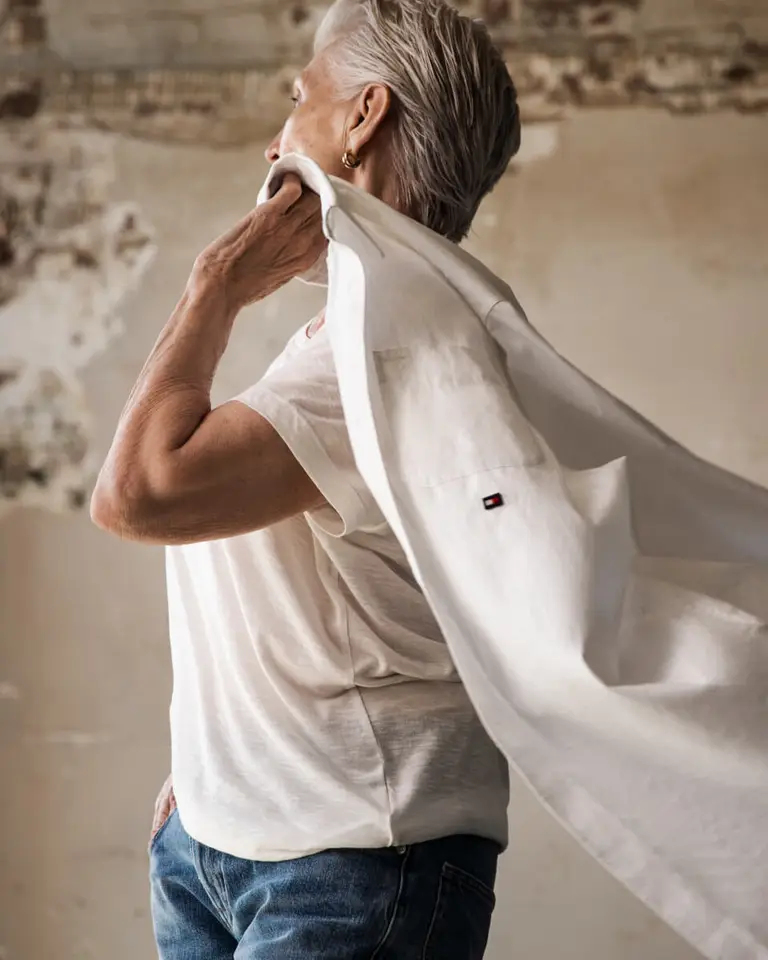
RECYCROM™ DYE
Recycrom™ is a range of dyes made using recycled textile fibers from pre-consumer clothing and manufacturing waste. These fibers are transformed into a fine colored powder that can be used to dye new fabrics and garments instead of conventional dyes. These pieces use Recycrom™.

